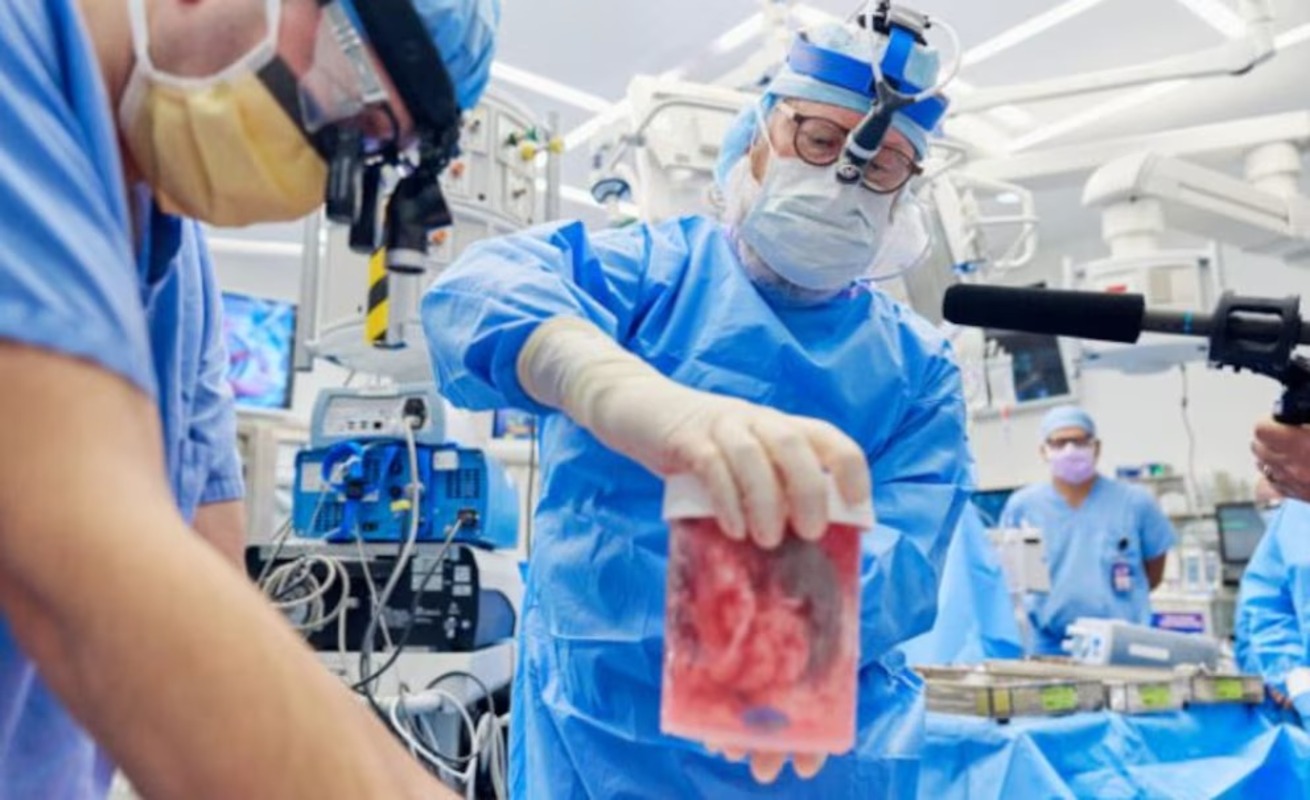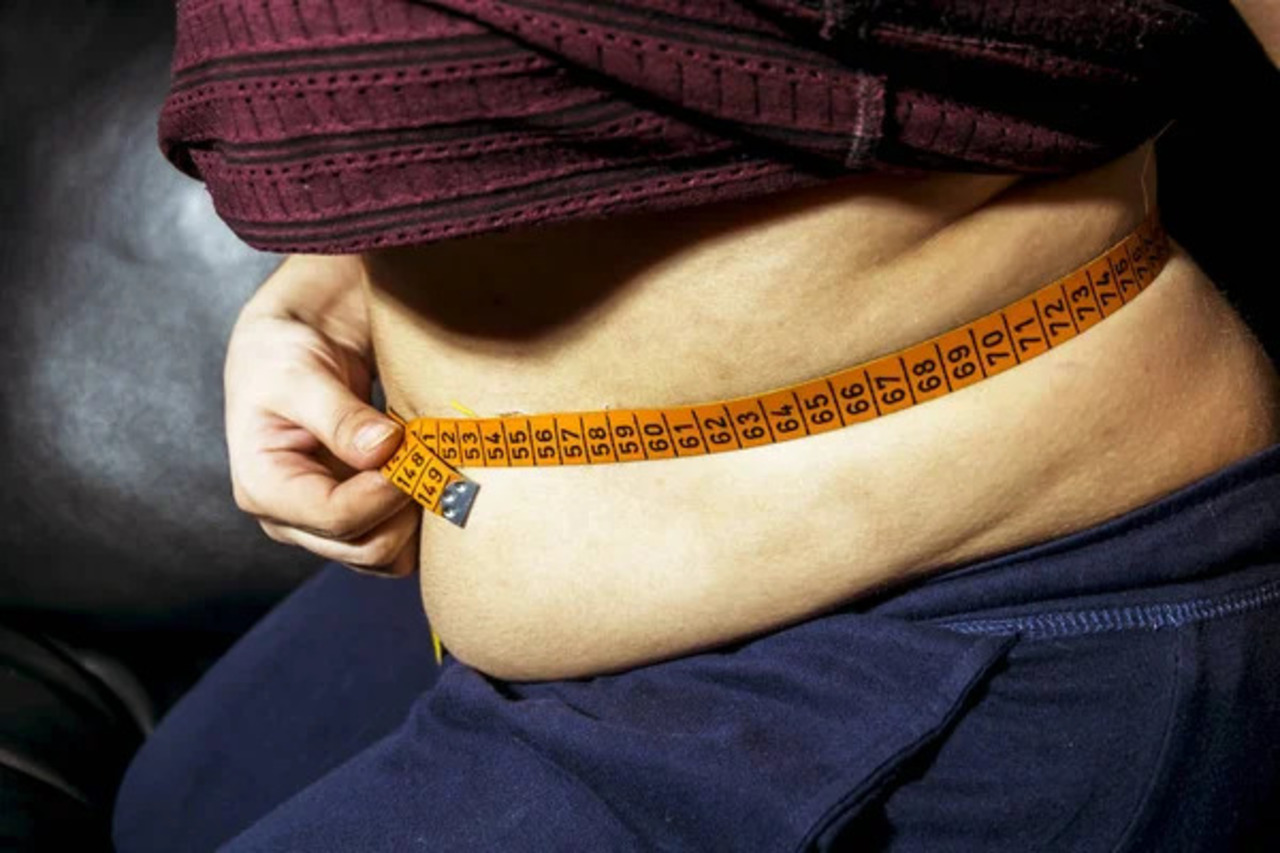
¿The Cardiac Pumps That Promote Heart Regeneration?
Ventricular assist devices not only provide mechanical support but also activate repair and regeneration mechanisms in damaged hearts.
Cardiac Pumps Show Potential to Drastically Enhance Muscle Cell Regeneration in Damaged Hearts
Heart failure, a condition in which the heart cannot pump blood efficiently, affects millions of people worldwide. Traditionally, treatment options have focused on managing symptoms and preventing further deterioration. However, recent advancements in ventricular assist device (VAD) technology offer new hope by promoting muscle cell regeneration in damaged hearts.
Ventricular Assist Devices (VAD)
VADs are surgically implanted mechanical pumps that assist the heart in pumping blood from the ventricles to the rest of the body. Initially developed as a bridge to heart transplantation or as support for patients with end-stage heart failure, recent research has revealed that VADs can also induce recovery and regeneration processes in heart tissue.
Promoting Cellular Regeneration
Studies have shown that prolonged use of VADs can lead to "cardiac recovery," where significant improvements in left ventricular function are observed. This phenomenon is attributed to several factors:
- Reduced Hemodynamic Load:
By decreasing the workload on the heart, VADs allow the myocardium to recover and damaged cellular structures to remodel. - Improved Myocardial Perfusion:
More efficient blood flow facilitates the delivery of oxygen and essential nutrients necessary for cellular regeneration. Modulation of Molecular Pathways:
Mechanical assistance can influence the expression of genes and proteins involved in cardiac cell proliferation and differentiation.Clinical Evidence and Relevant Studies
Research published in specialized journals has documented cases of patients with severe heart failure who, after VAD implantation, showed significant improvements in cardiac function. In some instances, this allowed for the removal of the device. These findings suggest that VADs not only serve as mechanical support but also activate intrinsic mechanisms of repair and regeneration in the heart.
Future Perspectives and Considerations
While the results are promising, further research is needed to fully understand the mechanisms behind VAD-induced regeneration and to determine which patients could benefit most from this therapy. Additionally, the combination of VADs with cellular and pharmacological therapies is being explored to further enhance cardiac recovery.
Ventricular assist devices represent a valuable tool not only for hemodynamic support in patients with heart failure but also as catalysts for cellular regeneration in damaged hearts. This offers new hope for recovery and improved quality of life.











LEAVE A COMMENT:
Join the discussion! Leave a comment.